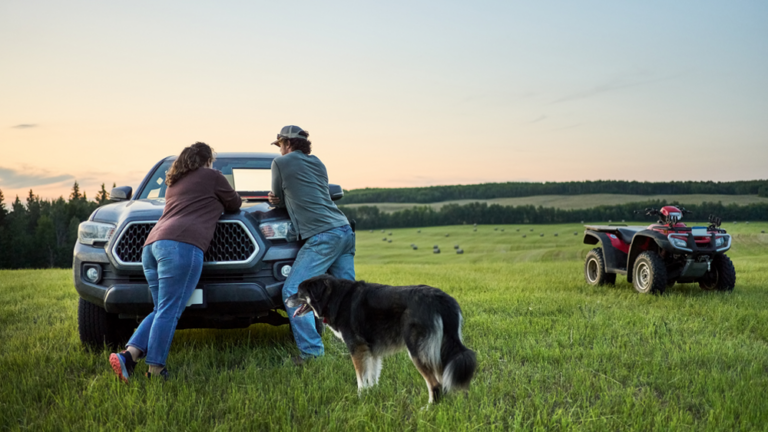
Laying hen housing for health and welfare grants
At our Finance in Cornwall event on Tuesday, I mentioned the Farming Investment Fund (FFIF) as being one of the few active sources of grant funding outside of UK Shared Prosperity Fund and Innovate UK. On Wednesday, Defra, announced that applications were opening for a new strand of FFIF next month – The laying hen housing for health and welfare grants. Colleagues in our rural team have already started share details with clients and contacts. We anticipate this grant may prove popular.
This was one of grant schemes referred to in Brian Harvey’s post of earlier this year.
Overview of the laying hen housing for health and welfare grants
The laying hen housing for health and welfare grant “supports farmers to undertake infrastructure projects that will not only improve the health and welfare of their animals but also support environmental sustainability and innovation”
Project types
Grants are available for two types of projects.
To be eligible to apply for either, you are required to be a laying hen and pullet farmer in England with flocks of 1,000 birds or more. See further below.
A successful project will:
- improve laying hen and pullet health and welfare
- increase environmental sustainability
- introduce innovation
Overview of the two project types
| Type | Building a new veranda (a veranda only project) | Updating housing stock (a comprehensive project) |
| Grant size | £5,000 to £100,000 | £15,000 to £500,000 |
| Grant intervention rate | 40% max | 40% max (excl roof top solar) |
| If you’re including rooftop solar PV systems as part of your project, we will only fund the cost and installation of these based on a power requirement of 5 kilowatts per 1,000 birds within the housing, up to 25% of the eligible costs | ||
| Project details | Installing a new veranda on an existing building. | Refurbishing or replacing existing laying hen and pullet housing.
Projects can include:
|
| Other details | Grants for these veranda-only projects will be awarded on a first come first serve basis | The grant will be available to farmers with any current housing system and will support anyone looking to make the transition from colony cages to high-welfare loose-housing. |
| Stocking capacity | This grant scheme cannot be used to directly fund flock expansion by increasing stocking capacity. | This grant scheme cannot be used to directly fund flock expansion by increasing stocking capacity. |
| Application process | Starts with online checker, expected to open at the end of June 2024
If you meet all the eligibility criteria, RPA may invite you to make a full application. The success of your application will depend on the number and value of applications Defra receive. |
Starts with online checker, expected to open at the end of June 2024
If you meet all of the eligibility criteria, RPA may invite you to make a full application. The success of your application will depend on the score your project achieves and the number and value of applications Defra receive. |
| Full applications from | July 2024 | Oct 2024 |
Other details including more information on eligibility criteria
There is lot more information on eligibility, project specifications and the application process in the links below:
- About the Laying Hen Housing for Health and Welfare grant round 1, who can apply and what the grant can pay for
- Laying Hen Housing for Health and Welfare grant specifications
- How to apply for a comprehensive project as part of the Laying Hen Housing for Health and Welfare grant
- How to apply for a veranda-only project as part of the Laying Hen Housing for Health and Welfare grant
Information also includes the scoring criteria for comprehensive projects and eligible costs.
Next steps
If this grant scheme is relevant to you, I would suggest you read through the documentation to access eligibility and relevance. If after reading the materials you are considering making an application I would:
- subscribe to the Farming blog
- Collate information you’ll need for the online checker (and maybe have a preliminary look at information required for full application, including other supporting documents and scoring criteria)
With a 40% grant intervention rate and a need to cash flow the project (i.e., pre grant draw downs) you will also need to assess cash flow and financing requirements. This is an area where my Debt Advisory colleagues could assist. I also have colleagues who may be able to assist with grant application writing for the larger projects. Please do not hesitate to get in touch.
There are also contact details for the Farming Transformation Fund (FTF) team at RPA if you’re not sure if you are eligible to apply, or if you are not able to access the online checker.








